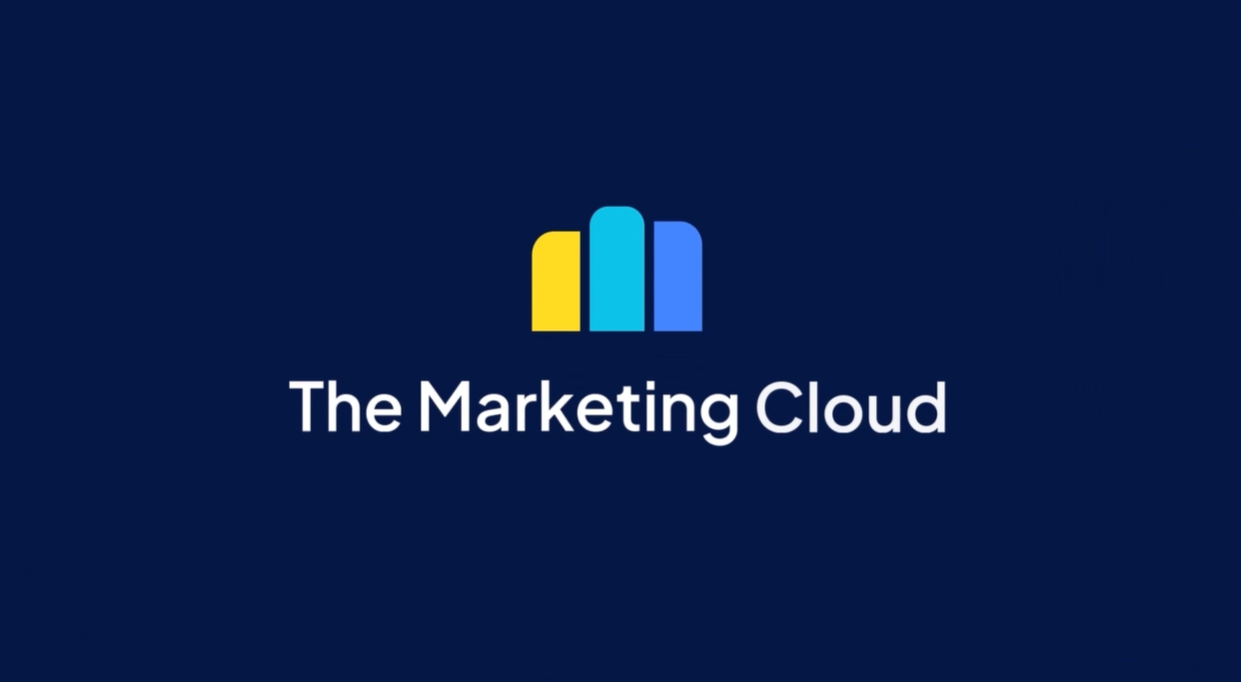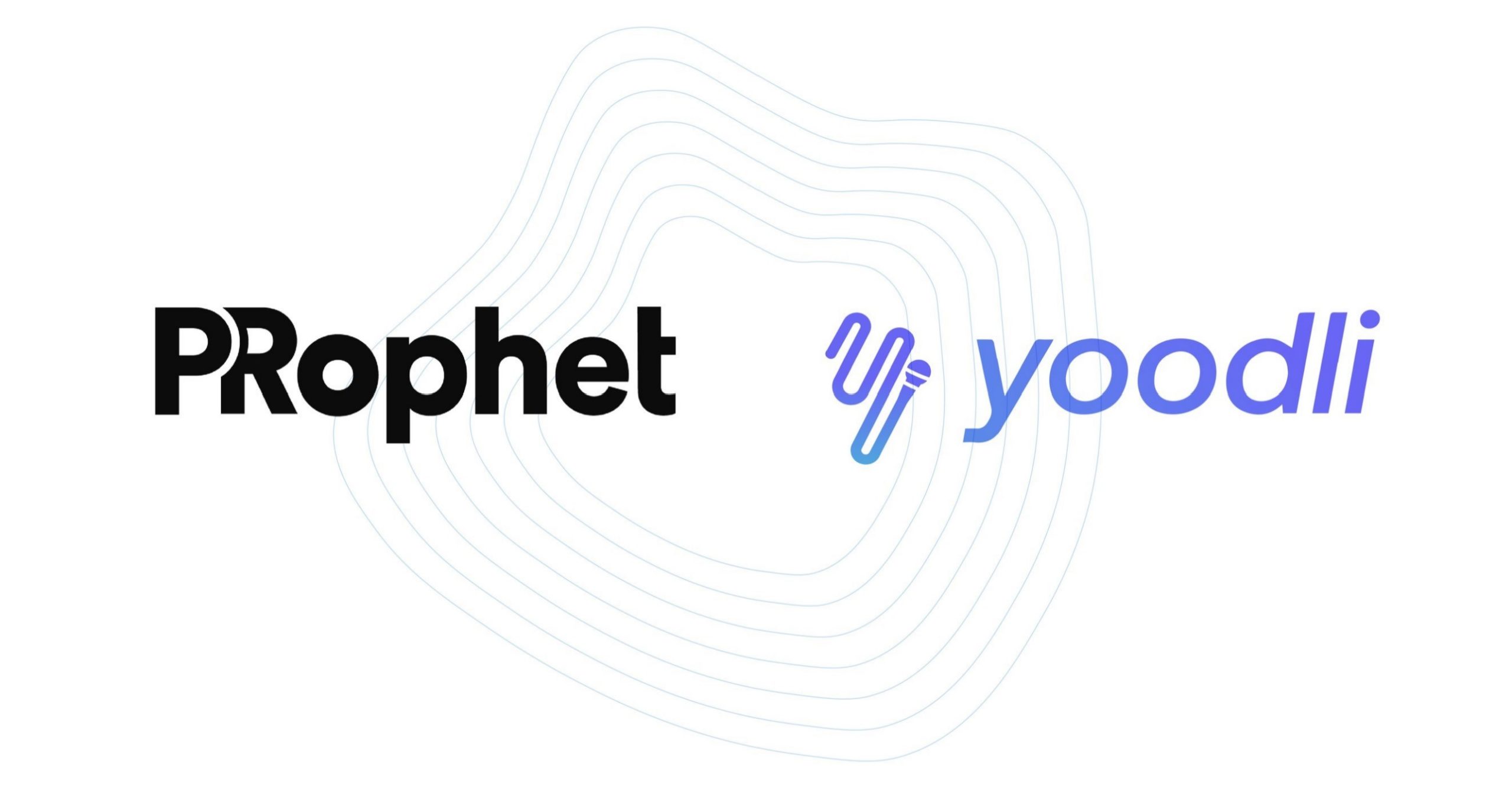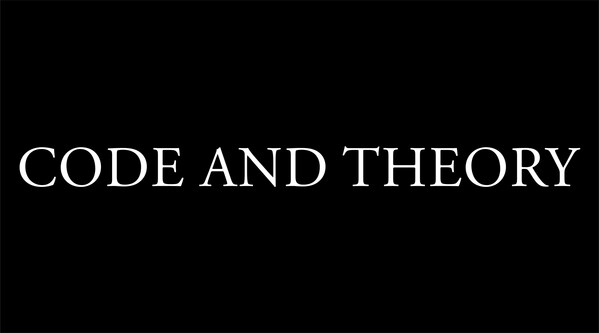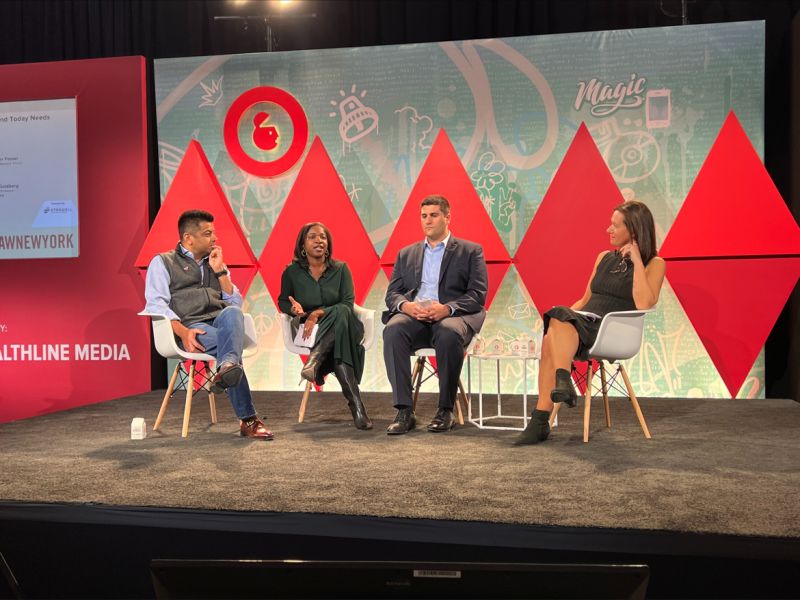At the time of writing, ChatGPT is down due to high demand, thereby confirming that the below was written by an actual human who is clacking away on a keyboard.
For those unfamiliar, ChatGPT is the most recent form of OpenAI’s large language model. GPT-3, which powers it, is the largest neural network ever produced. To simplify things without losing magic, ChatGPT takes user inputs and then, based on a prediction on what the statistically most likely useful result would be, spits out text that is convincing enough to seem like a human wrote it.
We have seen chatbots before, but the intelligence of ChatGPT sets it apart. The underlying model powering the ‘GPT’ of ChatGPT obtained its smarts by learning from all available data on the internet—text, books, wikis and more. The data made it smart, but the intelligence comes from its ability to provide persistency in conversation. Rather than each input you provide serving as a single instance, ChatGPT will remember your inputs over time and take them into account to breathtaking detail. While some are relating ChatGPT to Google, I would counter to suggest that this is what Apple, Microsoft and Amazon had envisioned their digital assistance products would one day accomplish.
To be clear, ChatGPT is not a search engine aggregator. It predicts its output based on the words you choose and the sequencing of those words. Its output has a likelihood or probability, not an accurate answer. This is, of course, what makes it human-like. If you think of it playing the role of a type of advisor rather than a type of calculator, the benefits become more abundant:
· Provide ChatGPT with a list of items in your pantry and refrigerator, your dietary restrictions, and have it come up with a recipe with steps to follow
· Have ChatGPT build out an annual budget and savings plan based on your income, financial goals, and investments
· Ask it to write a program—in any language—and it will produce code that you can start modifying and building off of immediately. Or, submit your code and have it to debug and write it better
· Have it write a 4-day-a-week workout routine using whatever gym equipment you have access to, how long you can devote to the workout and your fitness goal
· Have it create an organic social content calendar for three months with a focus on product awareness across whichever social channels you list, along with the tone you desire
· Provide your resume and a job posting and request that it write a cover letter for you to use, along with an introductory email
· Give it a writing prompt, topic, overall motif and it will produce a near-publish-ready book, manuscript, essay, or multiple search-optimized articles
The list goes on and on, and the more specific your inputs, the more robust the outputs become. Today, it can be used to make personal workflows more efficient by providing guidelines or the building blocks that let the work leapfrog over a lot of the “starting from scratch” or set-up phase. It can serve as a catalyst that allows a lot of roles to move from creator to editor and usher you into the thick of a project or task.
There are limitations, of course. One current issue is that you can only input so much information, which naturally limits output. This makes it good for some tasks but not great for large scale work. Another issue is that GPT is not constantly learning, as the model type relies on pre-training. Bluntly, there’s no risk of it taking anyone’s job just yet.
Related, I’d be remiss to not mention that data ethics will be a major conversation: GPT suffers from machine learning bias—a topic that will continue to grow in seriousness. Since this is a pre-trained model that has used internet text to learn, it is going to hold all of the biases common with how people write and behave online—especially when they believe they are anonymous. This language model could easily be deployed with nefarious intent. There are also concerns in marketing and education around the fact that ChatGPT-created content is not detectable and the implications this could have on plagiarism and duplicative content.
On the flip-side, imagine a world where a GPT-type object is running in the background of the technology you are using today. Rather than calling on different services—Siri, Google search, Alexa—you can simply act as if speaking to a true advisor or assistant. GPT can create your weekly schedule based on what you need to accomplish and meetings, and while connected to your smart home it can get your morning coffee running, then pass to Siri to read your missed text messages, run a shortcut to kick open Spotify to listen to a workout playlist, and so on. It might take another few years before we see GPT used in a scaled way, as underlying technology needs to make a few more steps. Given Miscrosoft’s heavy investment in OpenAI, it is expected that they will be one of the first to start integrating these tools into things like Office, Windows and Bing.
While GPT was first released in 2018, it is its latest iteration that has seized the spotlight. A lot of technical versioning follows a typical logarithmic change, but GPT has experienced exponential change between versions. Early versions of GPT required working knowledge of Python, Git repositories, and data science to be able to use it. But, OpenAI’s release that deploys GPT as a chat bot has provided a user experience that has made its use far more approachable and accessible to a wide range of people who only need a little imagination paired with curiosity.
As clichéd as it is to say “the sky’s the limit,” the debut of ChatGPT definitely inspires the sentiment. Its easy accessibility, alongside its ability to produce truly smart output across such a broad range of disciplines, means that its applications – despite the limitations described above – are expansive indeed. As we consider all the potential that this tool has to enhance our personal and professional lives, it seems like the era of genuinely compatible human and AI thought has finally arrived. I welcome it.











